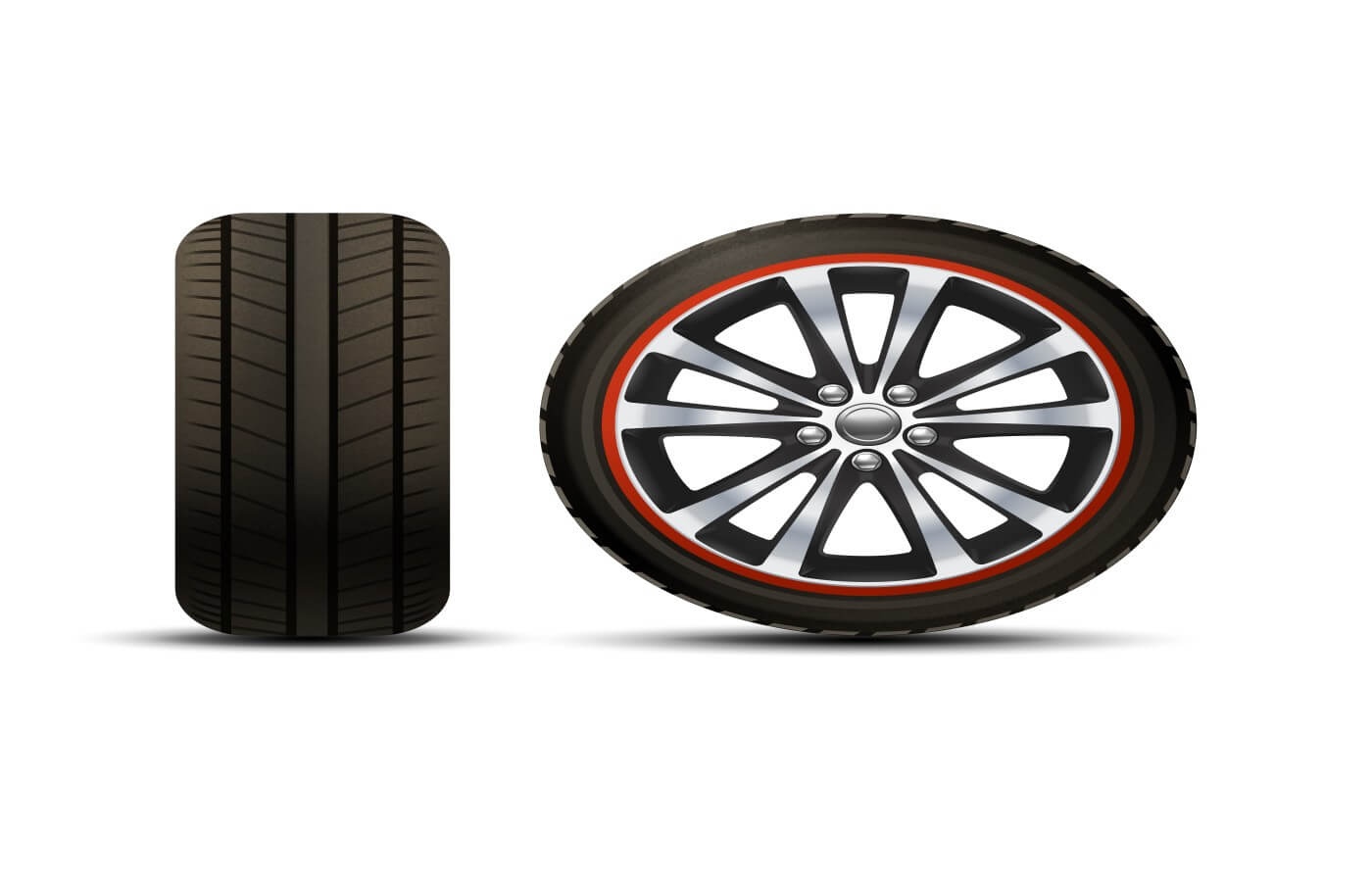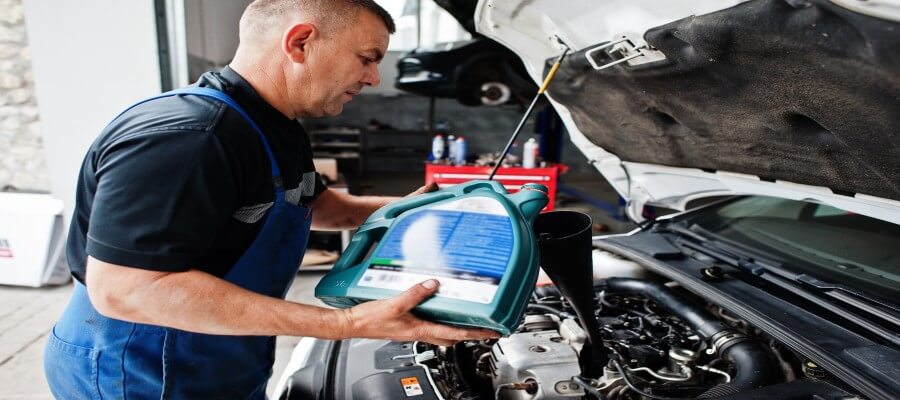We are living in the most polluted times where every industry is contributing to different types of pollution, like air pollution, water pollution, soil pollution, etc., and our carbon emissions are increasing day by day.
Hence, we all understand the importance of reducing our carbon footprint, and transportation plays a significant role in it. While the ultimate green solution might be ditching the car altogether for public transport, cycling, or walking, for many, cars remain a necessity.
But even with a car, you can adopt a greener approach. Green driving goes beyond just how you handle the steering wheels; it encompasses eco-friendly car maintenance practices that keep your car running efficiently and minimise its environmental impact.
Table of Contents
Why does eco-friendly car maintenance matter?
In today’s environmentally conscious world, the concept of green driving has gained significant traction among car owners. Green driving involves adopting eco-friendly practices to minimise the environmental impact of vehicle use, including reducing emissions, conserving resources, and promoting sustainability.
A poorly maintained car is a gas guzzler. Worn-out spark plugs, dirty air filters, and underinflated tyres all contribute to decreased fuel efficiency. This means your car burns more fuel to travel the same distance, releasing more harmful emissions into the environment.
By keeping your car in top shape, you’re not just saving money on gas but also contributing to combating climate change.
This blog dives deep into the world of green and eco-friendly driving, focusing on car maintenance practices that contribute to a cleaner environment. So buckle up, and let’s explore how to be a more responsible driver.
1. Regular maintenance

One of the fundamental principles of green driving is ensuring that your vehicle operates at peak efficiency. Regular maintenance checks, including oil changes,
filter replacements, and fluid top-ups, are essential for keeping your car running smoothly and minimising harmful emissions. By following the manufacturer’s recommended maintenance schedule, you can maximise fuel efficiency and reduce your carbon footprint.
2. Choose eco-friendly products.
Opt for eco-friendly car products whenever you go for routine maintenance like oil changes, car cleaning, etc. Choose biodegradable cleaners, organic lubricants, and recycled materials to minimise the environmental impact of your maintenance activities.
Additionally, look for products that are certified as environmentally friendly by reputable organisations to ensure that you’re making the most sustainable choices for your vehicle.
Not only eco-friendly products but also workshops that employ eco-friendly and sustainable means of car-related services. Choosing Vehiclecare helps you achieve this objective, as we always use eco-friendly practices and products in all our service centres.
3. Routine Tyre Maintenance

Tyres play a vital role in fuel efficiency. Maintaining proper tyre pressure not only improves fuel efficiency but also reduces tyre wear and extends the life of your tyres. Underinflated tyres increase rolling resistance, resulting in high fuel consumption and increased emissions.
By regularly checking (once a month) and maintaining the right tyre pressure, you can increase your vehicle’s fuel economy and decrease its environmental footprint.
Don’t forget to check your tread depth; worn-out tyres have less grip and contribute to increased fuel consumption. Replace them when the tread depth reaches the wear bar indicator. Additionally, consider investing in low-rolling-resistance tyres, which are designed to maximise fuel efficiency and minimise emissions.
4. Adopt Eco-friendly Driving Habits.
Make a habit of going for regular car maintenance, but at the same time, adopt eco-friendly driving habits too. Avoid aggressive driving behaviours such as rapid acceleration and hard braking, as these can significantly increase fuel consumption and emissions.
Instead, strive for smooth and steady driving, maintaining a consistent speed, and anticipating traffic flow to minimise energy waste. These habits can reduce your vehicle’s environmental impact. Additionally, limit idling whenever possible, as idling consumes fuel unnecessarily and contributes to air pollution.
5. Some Other Modes of Transportation
While maintaining your car is essential, reducing your overall reliance on it is also an important aspect of green driving. Whenever feasible, consider alternative transportation options such as public transit, biking, walking, or carpooling.
By reducing the number of miles you drive, you can decrease your carbon footprint and minimise the environmental impact of your transportation choices.
6. Proper Disposal of Automotive Waste

Used motor oil, batteries, tyres, etc. are not good for the environment. Proper disposal of automotive waste can essentially contribute to protecting the environment. Many automotive fluids and materials can be hazardous for life and the environment if not disposed of correctly, posing a threat to soil, water, and wildlife.
Always follow government regulations and guidelines for the disposal of automotive waste, and consider recycling or reusing materials whenever possible to minimise your vehicle’s environmental impact.
7. Choose Fuel-Efficient Technology For Your Car.
Consider investing in fuel-efficient technology upgrades for your vehicle, such as hybrid conversion kits or aftermarket fuel-saving devices. While these upgrades may cost extra, they can significantly improve your vehicle’s fuel economy and reduce its emissions over time.
In addition to this, explore the possibility of converting your vehicle to run on alternative fuels such as biodiesel or compressed natural gas, which offer lower emissions and reduced environmental impact compared to traditional gasoline or diesel.
8. Reduce Aerodynamic Drag
Remove roof racks, cargo carriers, and other accessories when not in use to minimise wind resistance and improve aerodynamics. These practices can help reduce aerodynamic drag and improve your vehicle’s fuel efficiency, thus reducing its environmental impact.
Additionally, keep your vehicle clean and free of excess weight, as dirt and debris can create drag and increase fuel consumption.
9. Support Eco-Friendly Automotive Initiatives.

Supporting eco-friendly automotive initiatives and organisations can help promote sustainability within the automotive industry. Choose car manufacturers that prioritise environmental stewardship, produce fuel-efficient vehicles with low emissions,
and invest in research and development for the invention of new environment-friendly technology. Additionally, advocate for policies and regulations that incentivize green driving practices and encourage the adoption of environmentally friendly technologies.
10. Educate Yourself And Others.
Finally, educate yourself and others about the importance of green driving and eco-friendly car maintenance. Share your knowledge and experiences with friends, family, and fellow drivers to raise awareness and inspire positive change.
By working together to promote sustainable transportation solutions, we can all contribute to a cleaner, greener future for generations to come.
Beyond Maintenance: Green Driving Techniques
While car maintenance lays the groundwork for eco-friendly driving, your driving habits significantly impact fuel consumption and emissions. Here are some green driving techniques to complement your eco-friendly car maintenance routine:
Smooth Sailing: Practice smooth acceleration and braking. Avoid jackrabbit starts and sudden stops, as these actions force the engine to work harder, burning more fuel.
Cruise Control Companion: Utilise cruise control on highways to maintain a steady speed. This can improve fuel efficiency compared to constant acceleration and deceleration.
Anticipate Traffic: Maintain a safe distance from the car in front of you and anticipate traffic flow.
In conclusion, eco-friendly car maintenance is an essential component of green driving. It helps to minimise the environmental impact of vehicle use and promote sustainability.
By including eco-friendly practices in your car maintenance routine and adopting green driving habits, you can reduce your carbon footprint, conserve resources, and contribute to a healthier and greener planet for future generations. Together, we can drive towards a more sustainable future, one mile at a time.












